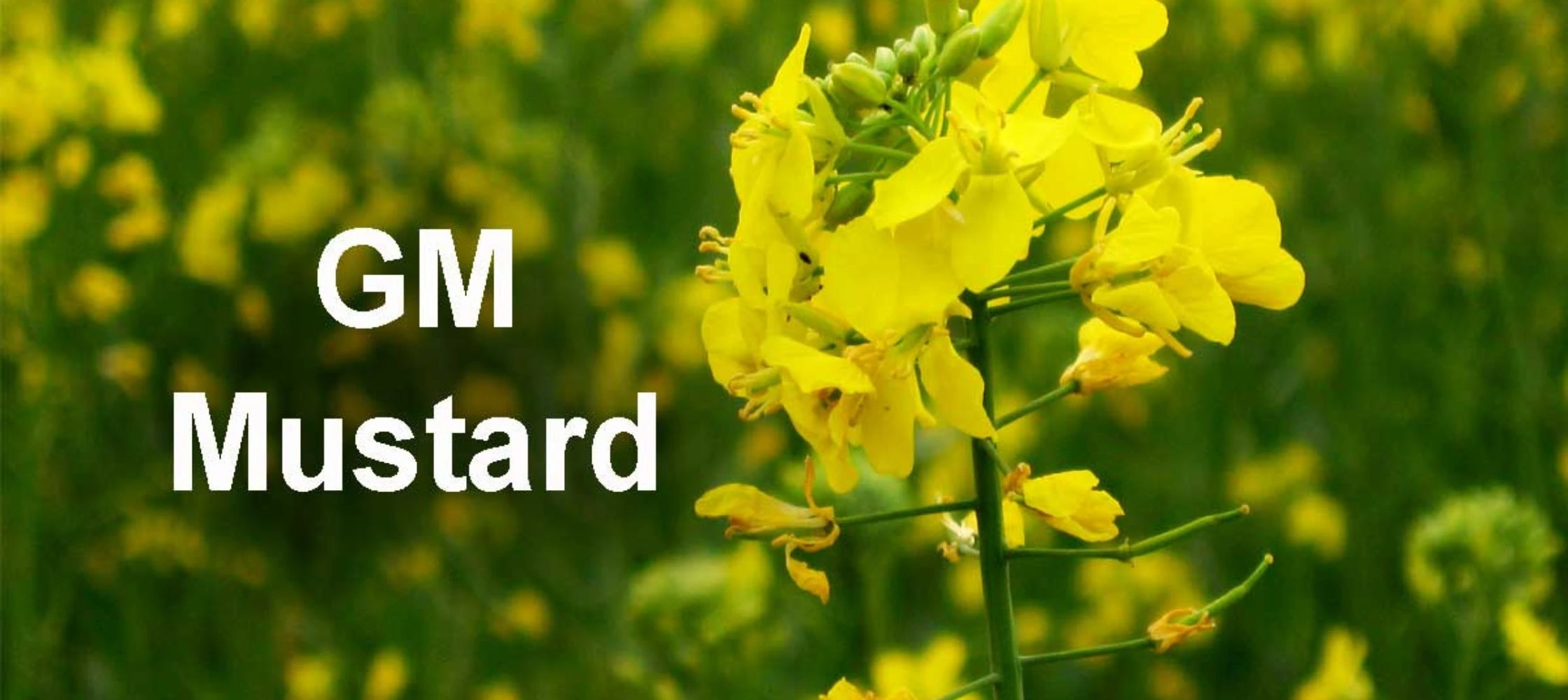
The Rising Panjab Bureau
The clearance for commercial cultivation of GM mustard by the Genetic Engineering Appraisal Committee (GEAC), which is the nodal authority to approve genetically modified (GM) crops in India, is a watershed moment for Indian agriculture. The GM food crop has been approved for commercial release for the first time, after the approval of non-food Bt cotton in 2002.tton in 2002.
This is expected to give a fillip to the gene modification of more than 200 varieties of rice, wheat, maize, brinjal, castor and cotton, among other crops, will get a fillip. This in turn will lead to higher production and greater income for the farmers who are facing an income crisis, say agri experts.
To be sure, the anti-GM lobby has been opposing the cultivation of GM crops over the years citing three important reasons: (a) that it is the country’s biotechnology policy which is responsible for the ongoing agrarian crisis; (b) that this technology is bound to deprive the livelihood of the poor agricultural labourers who are mostly women and children; and (c) there is a possibility that this technology can damage human health and the environment.
The GEAC’s approval for GM mustard has come at a time when the value of import of edible oil has skyrocketed from ₹29,900 crore in 2010-11 to ₹68,200 crore in 2020-21. Mustard is one of the most important oilseed crops cultivated in India. Its area has increased from 2.88 million hectares (mha) in 1960-61 to 6.69 mha in 2020-21.
States like Rajasthan, Madhya Pradesh, Haryana, Uttar Pradesh, West Bengal, Gujarat, Jharkhand and Assam are the major growers of the crop; they together account for 95 per cent of India’s total area under mustard. But the data available from the price policy reports published by the CACP show that the productivity and profitability of crops have not increased significantly between 2010-11 and 2019-20.
While the average productivity computed for eight major States was hovering around 13-14 quintal/ha, the profitability of the crop computed (at 2004-05 prices) in relation to cost C2 declined from ₹7,715/ha to ₹4,148/ha during this period. The increased cost of cultivation and stagnant productivity are not allowing farmers to harvest the expected profit from its cultivation.
One of the main arguments of the anti-GM group is that the root cause for the agrarian crisis is due to the advent of biotechnology in agriculture. But If this is so, Indian farmers should have rejected Bt cotton. Instead, the farmers brought the entire cotton area under Bt cotton within 10 years after its introduction. Since the introduction of Bt cotton in 2002, India’s cotton area, production and yield have increased tremendously. The area under cotton has increased by about 70 per cent, from 7.67 mha in 2012-13 to 13.01 mha in 2020-21.
While the production increased from 8.62 million bales (one bale = 170 kg) to 35.38 million bales, the productivity of cotton increased from 191 kg/ha to 462 kg/ha during this period. Not only this, the increased coverage of Bt cotton reportedly saved about 40 per cent of the total chemical insecticides used for cotton.
Similarly, GM mustard will also change its production scenario by benefiting the small, marginal and resource-poor farmers who depend on this crop for their livelihood. Given the trends in different countries, GM technology is going to dominate Indian agriculture in the near future. Presently, over 90 percent of corn, cotton and soybean are cultivated using GM seed in the US. These crops can come to India by import, even if we don’t adopt them. Bangladesh has already permitted its farmers to cultivate Bt brinjal.
Your email address will not be published. Required fields are marked *
29 Jan, 2024
29 Jan, 2024
29 Jan, 2024
25 Jan, 2024